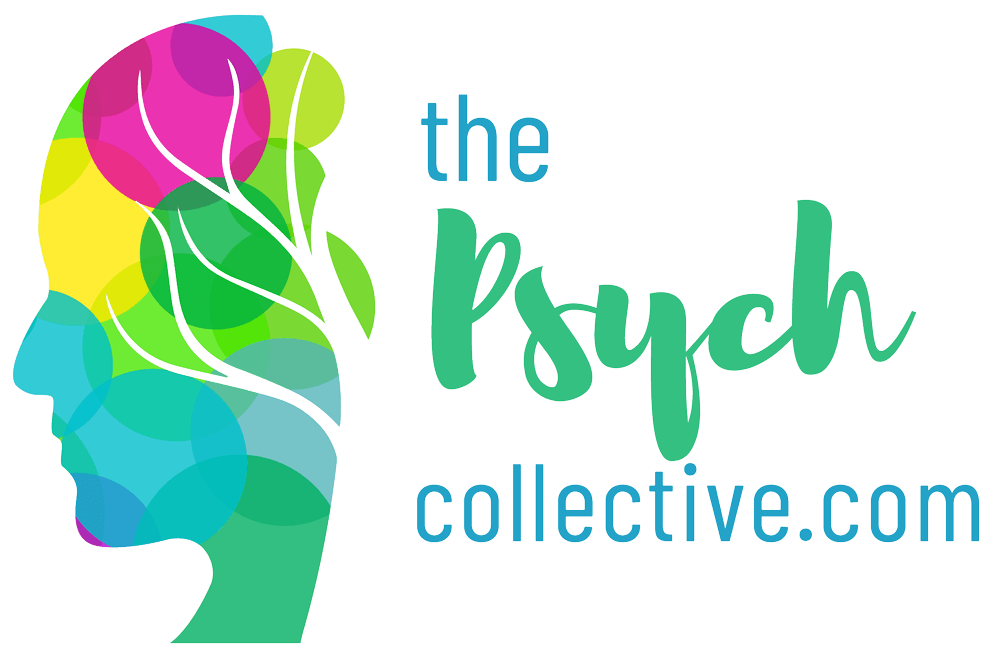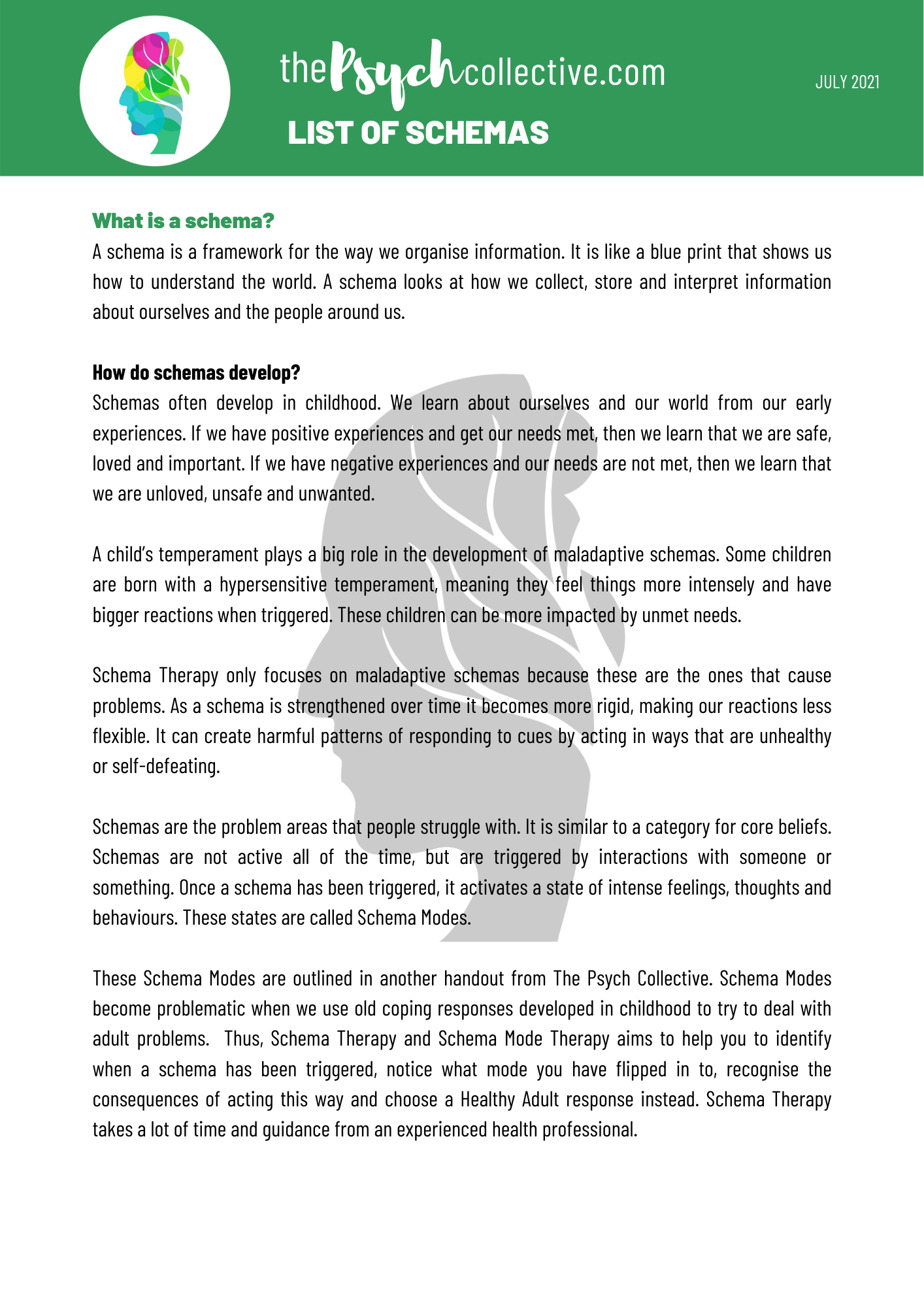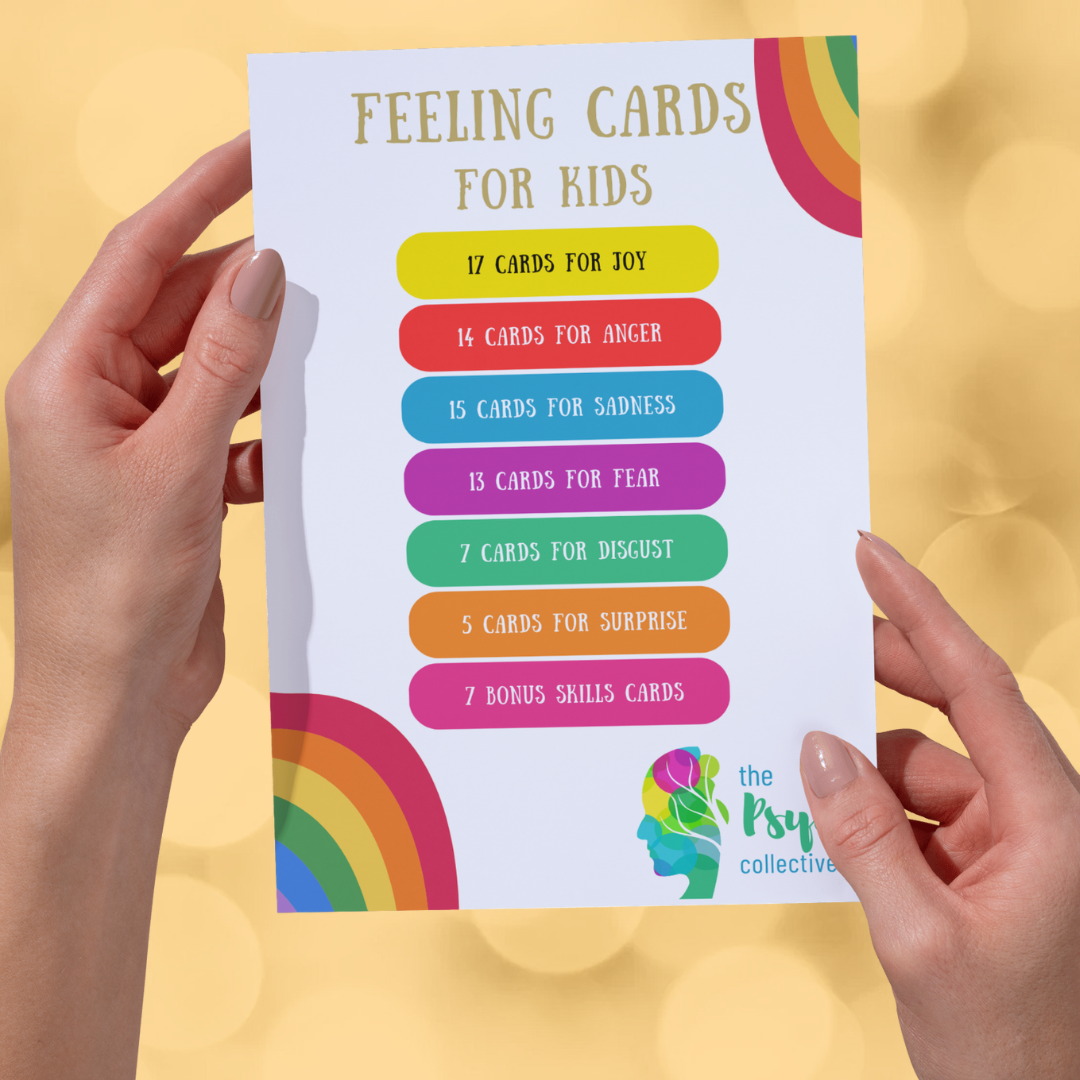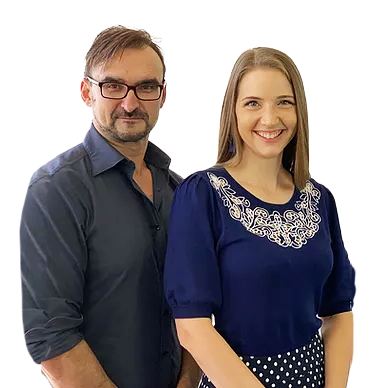What is a Schema?
A schema is a framework for the way we organise information. It is like a blue print that shows us how to understand the world. A schema looks at how we collect, store and interpret information about ourselves and the people around us.
Schemas often develop in childhood. We learn about ourselves and our world from our early experiences. If we have positive experiences and get our needs met, then we learn that we are safe, loved and important. If we have negative experiences and our needs are not met, then we learn that we are unloved, unsafe and unwanted.
How do schemas develop?
Our early childhood experiences inform our view of the world and ourselves in it. Schemas often begin to emerge in our early years based on our experiences of getting our needs met. If our primary caregivers met our psychological needs of attachment, autonomy, play, freedom and boundaries, then we learned that we are safe, loved and important. If these needs were not met, then we learned that we are unloved, unsafe and unwanted. This leads to the development of maladaptive schemas, such as Failure, Defectiveness and Abandonment.
A child’s temperament plays a big role in the development of maladaptive schemas. Some children are born with a hypersensitive temperament, meaning they feel things more intensely and have bigger reactions when triggered. These children often have a greater need for emotional support from their primary caregivers and can be more impacted by unmet needs or emotional invalidation.
If a schema is repeatedly activated by a continuation of unmet needs, it will strengthen over time. This makes the schema more rigid and our reactions less flexible. It can create harmful patterns of responding to cues by acting in ways that are unhealthy or self-defeating.
Maladaptive schemas are the problem areas that people struggle with. It is similar to a theme for core beliefs. For example, if you have a schema of Failure, then your core beliefs will sound like "I fail at everything" or "There is no point in even trying because I always screw up". Schemas are not active all of the time but are triggered by interactions with someone or something. Once a schema has been triggered, it activates a state of intense feelings, thoughts and behaviours. These states are called Schema Modes.
The goal of Schema Therapy is first to help people to identify their maladaptive schemas underlying long-term problems. Then support the person to challenge or overcome their negative schemas and associated behaviours and coping mechanisms, replacing them with adaptive or positive schemas to promote healthy ways of coping.
To download the handout for this, go to our
Resources page. It's free!
Share
Categories
About Our Resources
We offer actionable resources and teach real skills to help people make meaningful change in managing mental health issues through different modes depending on people's learning preferences including infographics, text, worksheets, handouts and video.
